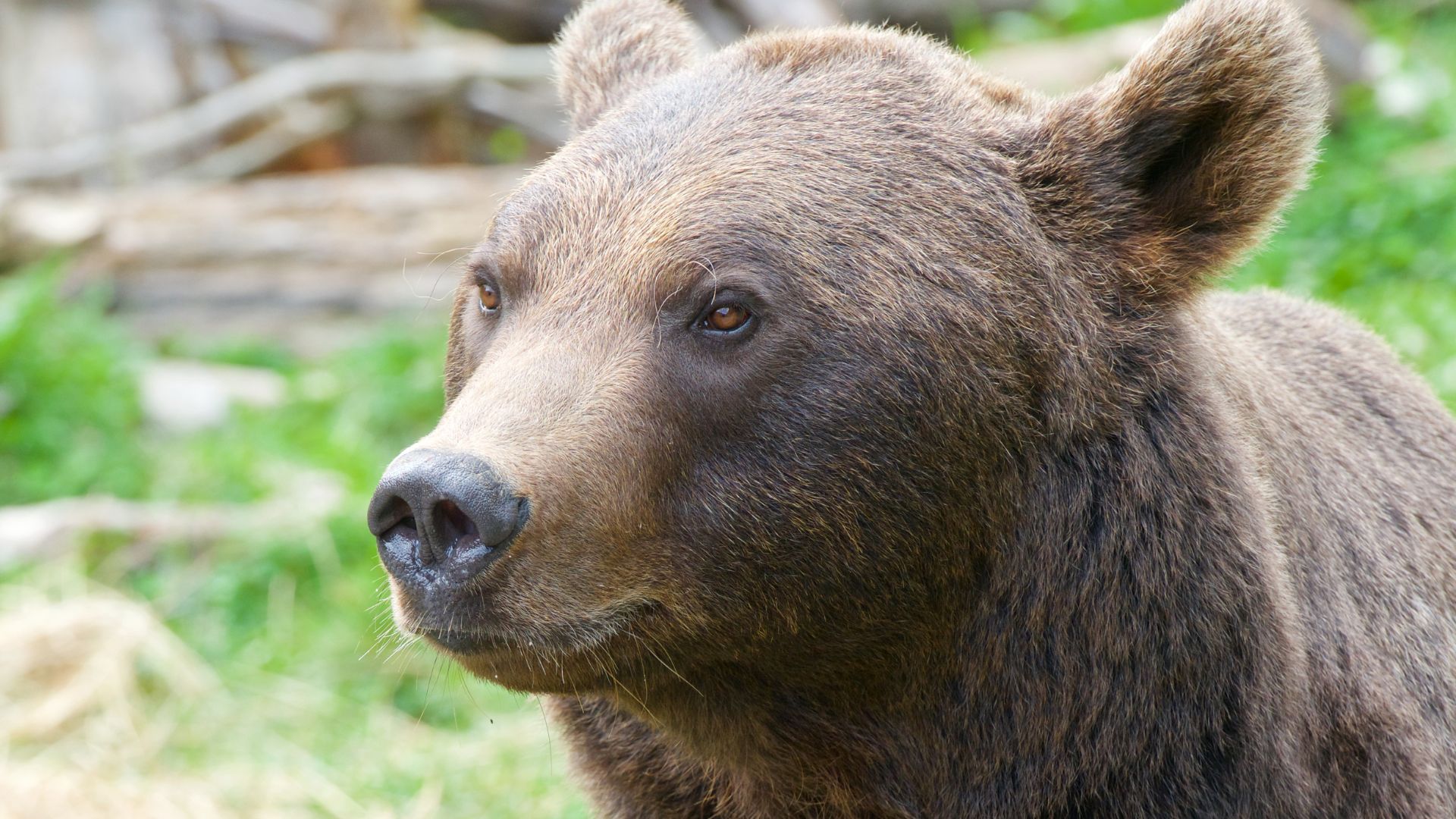On the northern slopes of the central Pyrenees lies one of Spain's greatest natural treasures. With its high peaks, lush forests and waterfalls, the Val d'Aran welcomes thousands of visitors every year in search of contact with nature. So much so that tourism has become the main economic engine of the area.
The Val d'Aran was the first mountain destination to receive Biosphere accreditation in 2014. This accreditation highlighted the sustainability efforts carried out in the valley, highlighting its nature as one of the great assets of the territory. However, there is no better environmental accreditation than that awarded by one of its most emblematic inhabitants: the brown bear.

In 1995 the bear population in the Pyrenees numbered only five, and the extinction of this emblematic animal was imminent. Therefore, in 1996, a Life programme began to reinforce the population by introducing bears from Slovenia. The first release took place in the French part of the Aran Valley, in Melles.
"The French had problems finding municipalities that would accept the bear release, they had to play between the good places for the bear and the municipalities that were more receptive. It was a balance between biological and political aspects," explains Iván Afonso, Natural Environment technician at the Conselh Generau d'Aran.
Despite these releases, the population was dormant for 15 years. New calves were born but they soon died. However, the situation began to change when 5 new individuals were released in 2006. Several of them died, but there was a bear called Hvala who found in the Aran Valley the ideal place to raise her cubs, causing the population to take off.
"Sometimes you need ten bears to get a good one to recover the population and Hvala was one of them. She bred a lot in the Aran Valley. She was a very good breeder and between her and her daughters she gave a boost," says Afonso.
Since 2006, the population began to grow at an annual rate of 11%. There are now almost 80 bears in the Pyrenees, of which about 15 were detected last year in the Aran Valley. Bears have philopatry, i.e. they tend to stay in the place where they were born. Hvala has been missing for several years, but her daughters have turned out to be as good mothers as she is. For this reason, the Val d'Aran was one of the first areas with the highest density of bears.
Moreover, the Val d'Aran is one of the best habitats for bears in the Pyrenees. This animal is an excellent climber and needs very steep areas to hibernate. The valley also has very good feeding areas, with large areas of beech and oak forests where the bear finds refuge. Finally, there is a high density of ungulates such as deer, roe deer, fallow deer and chamois, so there is carrion when they die.

Despite the increase in the number of bears in the valley in recent years, there have been no attacks on tourists. The mountains are very extensive and it is extremely difficult to come across this plant-eater. There are enthusiasts who track bears and when they manage to see one, the word spreads and more than a hundred people can gather at one observation point. But this is not normal, sightings are rare and it is better that this is the case, so that there are no incidents.
"The tourism sector's relationship with the bear is bipolar," says Afonso. "There are people who are worried that tourists won't come as much for fear of going out because there are bears, but another side thinks that the bear gives the Aran Valley a certain environmental category".
In other areas of Spain, such as Asturias, ecotourism to see the bear is encouraged, but in the Val d'Aran the approach is different. The tourist options are so wide and attractive that they are not committed to this type of activity. Tourism in the valley is already a success and, according to Afonso, the bear is best left alone. The best thing we can do for this species is to leave it the space and peace it seems to have found in the valley.













